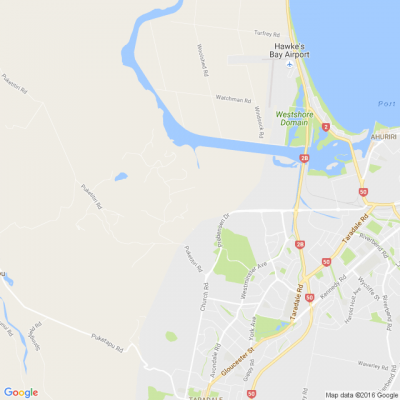
Know what’s happening
Access the private noticeboard for verified neighbours near you. Keep informed about any suspicious activity, send urgent updates to your neighbours when required and discuss emergency planning.
Get to know your neighbours
Browse the directory and start getting to know your neighbours. Don’t want to post to the whole neighbourhood? Send a private message.
Buy, sell and give away
Want to declutter your garage? Buy some used household items? Give away some garden stuff? Become a verified neighbour to browse and post items for sale. Trading is simple when everyone lives nearby.

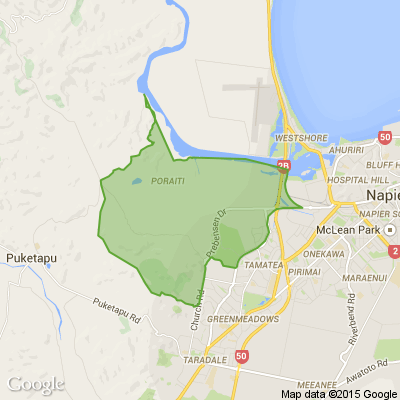

Thank you for using Neighbourly
You may receive an email confirmation for any offer you selected. The associated companies will contact you directly to activate your requests.
We are in a new era of change and an adaptable workforce is the best asset you can have. The right capability can open up massive opportunities for your business.
You may already have ambitious plans. So how do you build capability? By giving staff the opportunity to turn hidden talents into … View moreWe are in a new era of change and an adaptable workforce is the best asset you can have. The right capability can open up massive opportunities for your business.
You may already have ambitious plans. So how do you build capability? By giving staff the opportunity to turn hidden talents into new skills!
But it’s hard to know where to start, or even where to turn for advice. That’s where Competenz can help. We’re your industry training partner, turning talent into capability.

Colleen Hawkes Reporter from Homed
What a pleasure to meet Hayley Parsons of Clarks Beach, Auckland. She and husband Chris relocated this huge three-storey villa from Palmerston North to Auckland, and project managed the rebuild of Huntly House from London. Wonderful house, wonderful history.
58 replies (Members only)
Michelle from Taradale
Can anyone tell me where to get a holder /case for knitting needles. Have down the rounds of the Op Shops with no luck
Thanks
12 replies (Members only)
If seeing is believing, then we’d love to invite you to see how our sustainability journey is going at The Warehouse.
Look in our stores or online and you’ll see more than 7,000 sustainable products that are better for the planet and your budget.
Look for the Better Cotton Initiative … View moreIf seeing is believing, then we’d love to invite you to see how our sustainability journey is going at The Warehouse.
Look in our stores or online and you’ll see more than 7,000 sustainable products that are better for the planet and your budget.
Look for the Better Cotton Initiative (BCI) branding when you’re
browsing the racks, and you’ll see we’re proud to invest in making cotton production more sustainable.
Look for the FSC label on wood and paper products we stock, and you’ll see we’re dedicated to protecting our forests.
Sustainable & Affordable. It means more choice.
Find out more

Dale Neighbourly Lead from Taradale
An old Victorian era oak coffee table I have rescued and restored. Has been distressed in shabby chic style with off white chalk paint with a vintage green underneath and waxed to finish.
Dimensions are 910mm long x 430mm wide x 410mm high.
Was originally a two piece table. In the last third … View moreAn old Victorian era oak coffee table I have rescued and restored. Has been distressed in shabby chic style with off white chalk paint with a vintage green underneath and waxed to finish.
Dimensions are 910mm long x 430mm wide x 410mm high.
Was originally a two piece table. In the last third to last photo you can see that I have secured the two top pieces together permanently. You can see the join slightly on the top. Difficult to see in photo.
Free local delivery Napier, Hastings, Havelock Nth & Clive. Otherwise buyer must pick up.
Price: $95
The Team from Resene ColorShop Napier
Embrace a Modernist aesthetic with this simple chair decorated with Resene products.
Find out how to create your own.
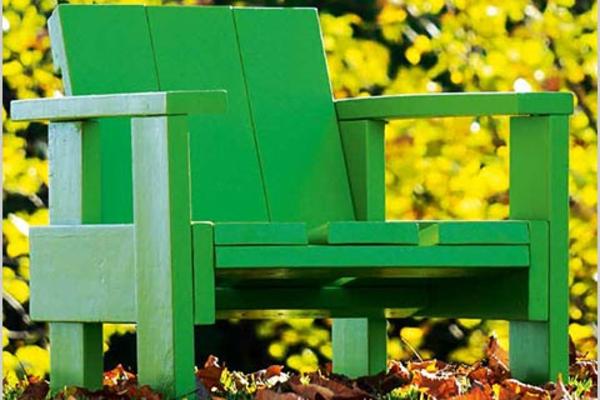
Kath from Napier South
Looking for recommendations for a house cleaner, please, for pensioners. Takes around 2 hours, once a week. Reply by private message, please.
The Team from Neighbourhood Support New Zealand
This month we’re celebrating the diverse array of people who call New Zealand home. Regardless of our different faiths, abilities, cultures, ages, orientations and genders - we want to make sure that our communities are safe and welcoming for all.
There are many ways to take part! From hosting a… View moreThis month we’re celebrating the diverse array of people who call New Zealand home. Regardless of our different faiths, abilities, cultures, ages, orientations and genders - we want to make sure that our communities are safe and welcoming for all.
There are many ways to take part! From hosting a multicultural potluck or film screening to providing prevention information / resources in other languages, there are thousands of ways big and small to make our households, neighbourhoods, schools and businesses even more inclusive. It could even be as simple as learning from a neighbour how to say ‘hello’ in their first language or ensuring local footpaths are clear and accessible.
Want to share your thoughts? Let us know how you’re creating inclusive communities this month by tagging us in your social media posts or emailing us your photos, videos, or experiences to:
info@neighbourhoodsupport.co.nz

Mary Anne from Taradale
Saturday July 10th. 8.30am to 2.00pm. AT RED CROSS. 35 Cadbury Road, Onekawa. Off Austin St.
SHOP OPEN too. Half price sale for ONE day. Eftpos available.
Negotiable

A recall has been issued for Pavillion brand Beef and Gravy Pies due to the presence of an undeclared allergen.
The recall comes after a packaging blunder led to Beef and Cheese Pies being contained in Beef and Gravy Pies wrapping.
Here's what you need to know:
- Consumers with a milk … View moreA recall has been issued for Pavillion brand Beef and Gravy Pies due to the presence of an undeclared allergen.
The recall comes after a packaging blunder led to Beef and Cheese Pies being contained in Beef and Gravy Pies wrapping.
Here's what you need to know:
- Consumers with a milk allergy or intolerance should not consume this product.
- Products affected include those with a best before date marking of August 16 2022.
- The pie's batch marking is 16022 for outer packaging and 16023 for individual pies.
- The product was sold in supermarkets throughout New Zealand.
Individuals with a milk allergy should return the product to their retailer and email sales@pavillionfoods.co.nz or call 021 365 006 for a full refund. Any other concerns can be directed to Gluten Free Holdings Ltd on 021 365 006.
For more information, please visit the New Zealand Food Safety website.
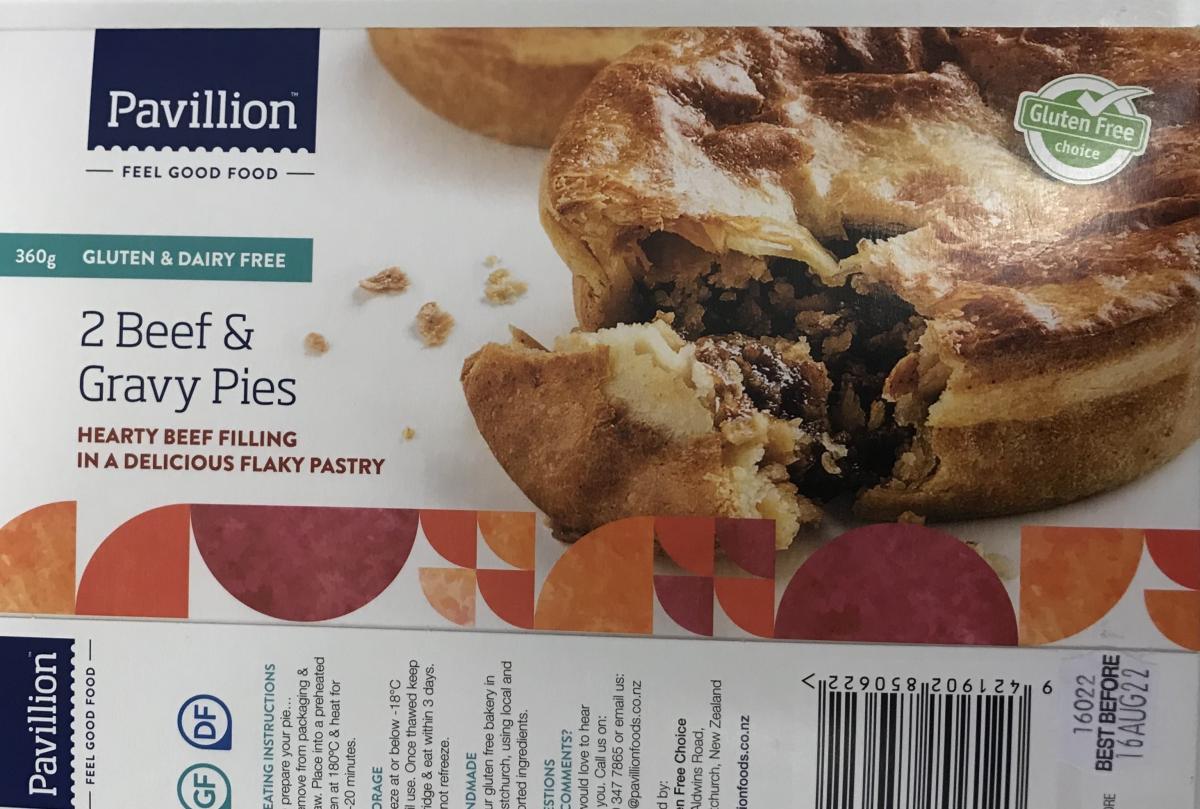
Denise from Marewa
Saturday 17 July 9am - 1pm at Wool N Things in Maadi Road, Onekawa Napier.
Bring your knitting and join in with the group, browse the wool and accessories for sale, knitted garments and accessories for sale. This is a special, free event during the Winter Art Deco festival.
Robert Anderson from Curtain Clean (Hawkes Bay Chem-Dry)
Don’t shiver in silence! Use these 5 simple (and cheap) techniques to warm up your home and stay toasty this winter.
Quick Summary
• Open curtains in the day, close them at night
• Make and use draft excluders
• Install window insulation films or use bubblewrap
• Keep furniture away… View moreDon’t shiver in silence! Use these 5 simple (and cheap) techniques to warm up your home and stay toasty this winter.
Quick Summary
• Open curtains in the day, close them at night
• Make and use draft excluders
• Install window insulation films or use bubblewrap
• Keep furniture away from heat sources and use rugs/blankets to insulate the floor
• Use as few rooms as possible and close off the rooms you aren’t using
1) STRATEGIC CURTAIN USE
After double-glazing, curtains are the next line of defence against the chill of winter. Thermal lined ones are best, and floor-to-ceiling ones provide a good ‘seal’ of warmth.
However, it’s also important to know when to open and close these curtains to get maximum effectiveness out of them. Generally, when the sun is up, keep the curtains open to let the sunlight and warmth in. As soon as the sun goes down, close them to trap that heat in overnight.
The advanced version is:
• In the morning, have north-facing and east-facing curtains open. Keep south-facing curtains closed throughout the day.
• In the afternoon, close the east-facing curtains and open the west-facing curtains. Keep the north-facing curtains open throughout the day.
• Once the sun sets, close all the curtains (including the north-facing ones).
• Repeat in the morning.
Curtains aren’t just for windows either! Pinning a rug or blanket over an external door can help give it an insulation boost too. Pro-tip: cover up pet flaps in the same way.
2) MAKE (AND USE) DRAFT EXCLUDERS
Draft excluders are long pieces of thick material, usually in the shape of a sausage, that are placed at the bottom of doors to keep the cold out and the warm in. You might be surprised at how much of a difference blocking even a small gap can make!
Keep reading: www.curtainclean.co.nz...
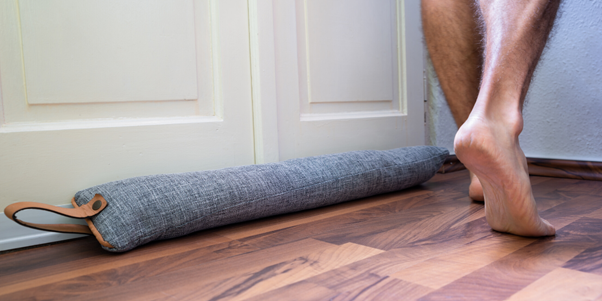
Robert Anderson from Curtain Clean (Hawkes Bay Chem-Dry)
Humans have enjoyed wool for over 10,000 years and it continues to be a coveted textile in both high end fashion and interior design due to its many qualities. Here we deep-dive into the wonderful world of wool, sharing the tale of this ancient fibre’s origin, production and inherent attributes. … View moreHumans have enjoyed wool for over 10,000 years and it continues to be a coveted textile in both high end fashion and interior design due to its many qualities. Here we deep-dive into the wonderful world of wool, sharing the tale of this ancient fibre’s origin, production and inherent attributes.
ORIGIN
Britain is said to have lead wool manufacturing through spinning and weaving pre 1900 BC, a skill highly prized beyond their shores. Sheep were first exported beyond Europe to South Africa, New Zealand and Australia toward the very end of the 1700s. We have had a long time to accustom ourselves to the incredible natural qualities of wool and it is quite literally woven in to our trading, cultural and farming histories.
How does wool come to be? Fleece is shorn from sheep annually with a new fleece produced every year (unless you are Shrek the Sheep, who avoided shearing for 6 years – once finally caught in 2004 he produced enough wool for 20 large men’s suits, or 27 kg… blimey!). Once shorn, fleeces are thrown clean side down onto a wool table, skirted (a process to remove undesirable parts of the fleece), folded and rolled to determine class by a qualified wool classer. Bales of wool are then sent to be scoured, a bathing/cleaning process to remove dirt and impurities such as sweat and vegetable matter. Quality is determined by diameter, crimp, yield, colour and staple strength. Finer wools are used for apparel manufacture and heavier for soft furnishing textiles and carpets/rugs.
There are a wide variety of ways to process wool in to differing yarns, including worsted – a very fine yarn spun from carded wool producing a lustrous and smooth product especially suited to apparel. You may also be familiar with felted wools which are produced with heat, pressure and moisture compressing the fibres, entangling them together into a matted textile with a dense, ‘foamy’ or almost spongy appearance and feel. The woollen system of preparing carded wool for spinning ensures short fibres are retained, sometimes requiring combing. Wool can be spun to yarn on its own, or in conjunction with other fibres which can add desirable qualities and attributes to the finished fabric.
Despite a reputation as a land of sheep, New Zealand is actually the 4th largest producer of wool, with the top spot being taken out by Australia, responsible for 25% of global wool-clip. International wool production is about 2 million tonnes, 60% of which is apparel. Approximately 3% of the international textile trade is comprised of wool. We would like that number to be a little higher!
RENEWABILITY
A natural fibre similar to human hair, wool is made of keratin and therefore readily biodegradable. As long as there is grass to graze on, sheep will continue to produce fleece, making it an ideal renewable fibre. Safeguarding the environment is part of the important work undertaken by woolgrowers to guarantee future production and industry longevity. Due to the high quality and durability of wool, woollen products have wonderful longevity and it is also excellent for re-use and recycling. In some instances, wool products can be returned from the interior and fashion sectors to be carded and re-spun in to yarn for re-weaving – an excellent way to reduce waste and extend the life of the material. Because of its hardy nature, when properly looked after, wool has a longer lifespan than many other fibres - if you have ever visited an antique/vintage/mid-century furniture trader, you will often find original wool and wool blend upholsteries still going strong even after a few lifetimes, albeit in need of a good clean!
Keep reading: www.curtainclean.co.nz...
Todd Foster from Maidens & Foster Auctioneers Ltd
2 Shed Clearances. 1 Small Villa Lot. Reputable Art & Collectables. Lots of Tools.
Viewing & Bids Welcome: Mon 8-5 Tue 8-6 Wed from 8am.
Absentee Bids Welcome. More Photos www.mafa.co.nz... (30 June)
 Loading…
Loading…
Are you sure? Deleting this message permanently removes it from the Neighbourly website.
 Loading…
Loading…

 By Negotiation
By Negotiation



 Marketed by Julie Smith
Marketed by Julie Smith

 From $689,000
From $689,000



 Marketed by Cathy Temple
Marketed by Cathy Temple

 By Negotiation
By Negotiation



 Marketed by Debbie White
Marketed by Debbie White

 Deadline Sale
Deadline Sale

 Marketed by Hadley Brown
Marketed by Hadley Brown
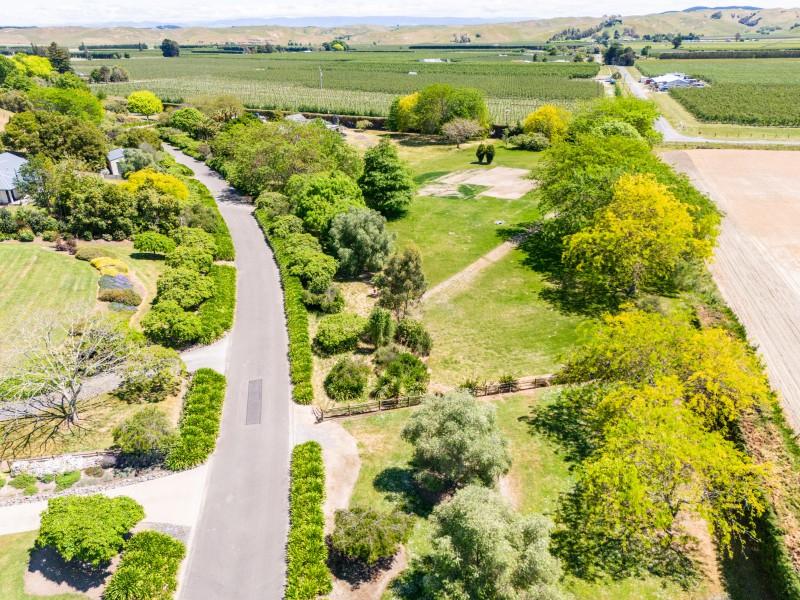
 Deadline Sale
Deadline Sale

 Marketed by Hadley Brown
Marketed by Hadley Brown

 Tender
Tender


 Marketed by Julie Smith
Marketed by Julie Smith

 Deadline Sale
Deadline Sale



 Marketed by Hadley Brown
Marketed by Hadley Brown

 Deadline Sale
Deadline Sale



 Marketed by Lynda Bailey
Marketed by Lynda Bailey
© Neighbourly 2024
